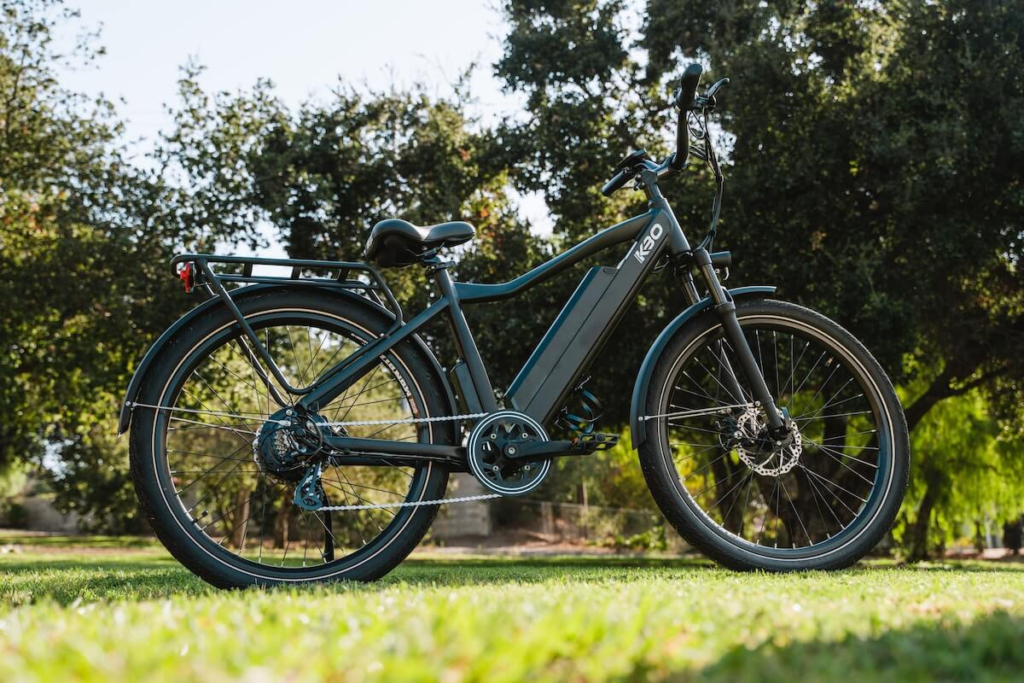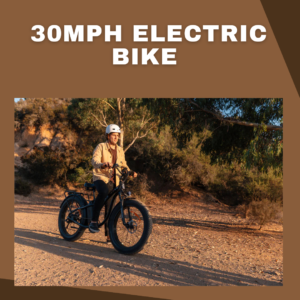
Introduction to Electric Bike Laws
Electric bikes, or e-bikes, have grown in popularity across the United States, offering a convenient and eco-friendly way to travel. However, laws regulating e-bikes vary by federal and state guidelines, making it crucial to understand the regulations to ensure safe, legal rides.
Why Electric Bike Laws Are Important
Electric bike laws ensure rider safety and create uniform rules for e-bike usage across different areas. These laws clarify where e-bikes can be ridden, establish speed limits, and set age and helmet requirements. Knowing these regulations helps e-bike riders avoid fines and enhances safety on public roads.
Electric Bike Classifications and How They Affect Laws
E-bikes are commonly classified into three categories, each with different legal implications:
- Class 1: Pedal-assist only, with a maximum speed of 20 mph.
- Class 2: Throttle-assisted bikes, also capped at 20 mph.
- Class 3: Pedal-assist bikes with speeds up to 28 mph; often restricted from certain bike paths and trails.
Understanding your e-bike’s class helps in complying with local and state laws, which often base regulations on these classifications.
Federal Electric Bike Laws in the United States
Federal law categorizes electric bikes as bicycles, provided they meet certain criteria, such as a top speed of 20 mph for Classes 1 and 2 and a maximum motor wattage of 750 watts. The Consumer Product Safety Commission (CPSC) regulates e-bikes under these guidelines, but individual states can enforce their own restrictions within this federal framework.

State-Specific Electric Bike Laws: What to Know
Each state has unique laws for e-bike use. Some states align closely with federal guidelines, while others impose additional restrictions. For example, California and New York have comprehensive e-bike laws based on the three-class system, while other states may only recognize certain e-bike classes or set different speed limits.
Electric Bike Speed Limits and Restrictions
Speed limits for e-bikes typically align with their classification:
- Class 1 and 2 e-bikes are capped at 20 mph.
- Class 3 e-bikes can reach up to 28 mph, though they are often restricted from bike paths and shared-use trails.
Some states, however, impose lower speed limits in specific areas, like urban zones or residential streets. Always check local speed regulations to ride legally.
Helmet and Safety Requirements for Electric Bikes
Helmet laws for e-bikes vary widely by state and e-bike class:
- Class 1 and 2 bikes: Often require helmets only for riders under a certain age (usually 16 or 18).
- Class 3 bikes: Many states mandate helmet use for all riders, given their higher speed potential.
Wearing a helmet not only complies with the law but also ensures a safer riding experience, regardless of your bike’s classification.

Age Restrictions for Electric Bike Riders
Most states require e-bike riders to be at least 16 years old, particularly for Class 3 bikes, which can reach higher speeds. Class 1 and 2 bikes often have more lenient age restrictions, but it’s essential to verify age requirements specific to your location.
Where Can You Ride? Public Roads
E-bike access on public roads, bike lanes, and paths varies:
- Public roads: Most states allow all classes of e-bikes to be ridden on public roads.
- Bike lanes: Class 1 and 2 e-bikes are often permitted in bike lanes, while Class 3 bikes might be restricted to roads due to their speed.
- Trails and parks: Restrictions vary widely; some areas prohibit e-bikes on specific trails or parks, while others have no restrictions.
Conclusion: Staying Informed and Legal on Your E-Bike
Electric bike laws are essential to riding safely and legally. By understanding classifications, speed limits, and state-specific regulations, e-bike riders can enjoy a safer and more informed experience on the road.





















